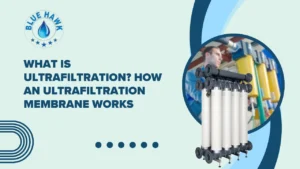YashWater Purifier Pvt. Ltd. is one of the best Water Softener Plant manufacturers in India and provides clean and purified water to many residential, commercial and industrial uses. High levels of calcium and magnesium, hard water can damage appliances, reduce soap effectiveness, and cause scaling in pipelines. It is very important to know how a softener plant works. Clients Water softener plant is used for processing in hard and harsh water and produces soft, clean and purified water. With Yash Water you take your water purification to the next level.
What is a Water Softener Plant?
A water softener plant is a filtration system designed to remove hardness-causing minerals like calcium (Ca²⁺) and magnesium (Mg²⁺), which is present in water in high level from water. The process ensures clean, soft water that’s suitable for use in homes, industries, and commercial facilities. Yash Water’s water softener plant is made with the best quality material and filtration system and reliable for best water softener plant process and gives high performance with best results.
Softener Plant Process: Step-by-Step
At Yash Water Purifier Ltd., we implement a streamlined and effective Softener Plant Process using high-quality materials and engineering precision. There are we explain the step by step Softener Plant Process:
1. Raw Water Inlet
Hard water enters the softener unit from the source, such as a borewell or storage tank.
2. Pre-Filtration (Optional)
In some systems, water may first pass through a pre-filter to remove suspended solids or sediment, protecting the resin bed from fouling.
3. Ion Exchange Process
This is the heart of the softening system:
- The hard water passes through a resin bed made of cation exchange resin.
- The resin is charged with sodium (Na⁺) ions.
- As water flows through, the resin captures calcium and magnesium ions and releases sodium ions in their place.
- This exchange effectively “softens” the water.
4. Treated Soft Water Outlet
The softened water exits the plant, ready for distribution. It’s now free from hardness-causing minerals.
5. Regeneration Cycle
Once the resin becomes saturated with calcium and magnesium, it needs to be regenerated:
- A brine solution (salt and water) is flushed through the resin bed.
- Sodium ions displace the trapped calcium and magnesium, which are flushed away.

